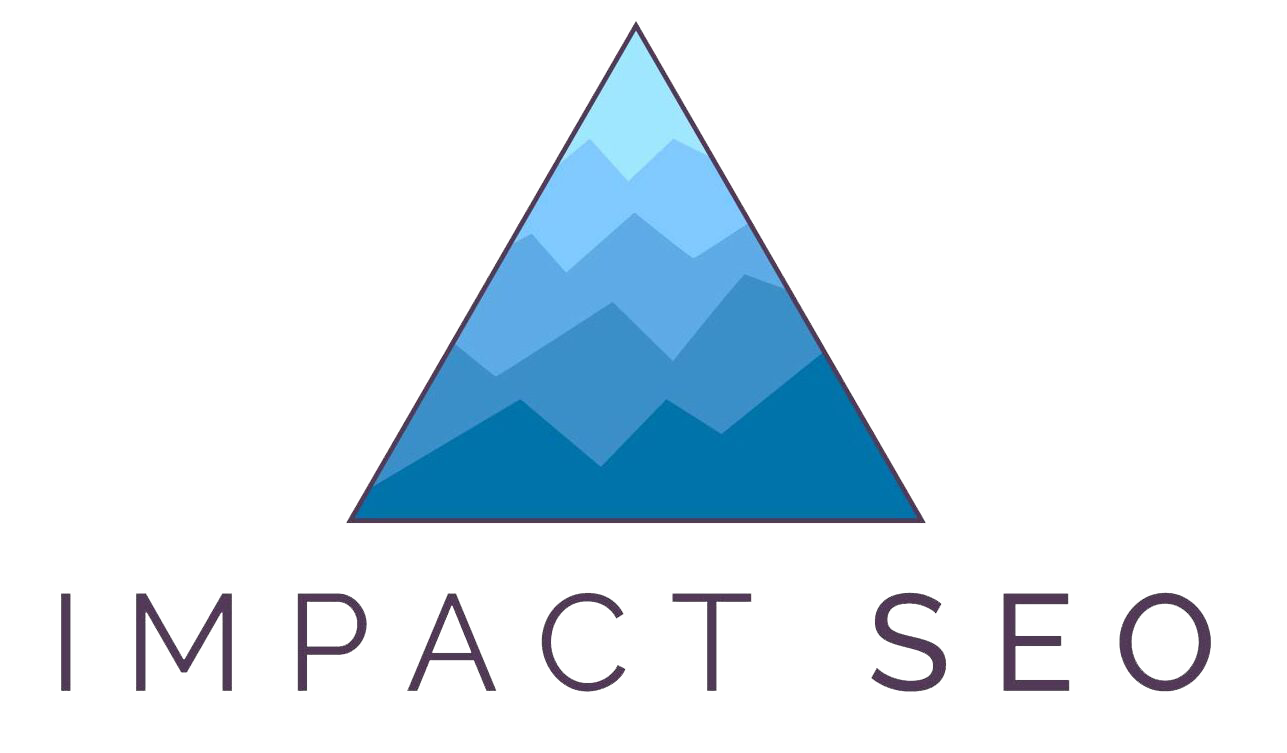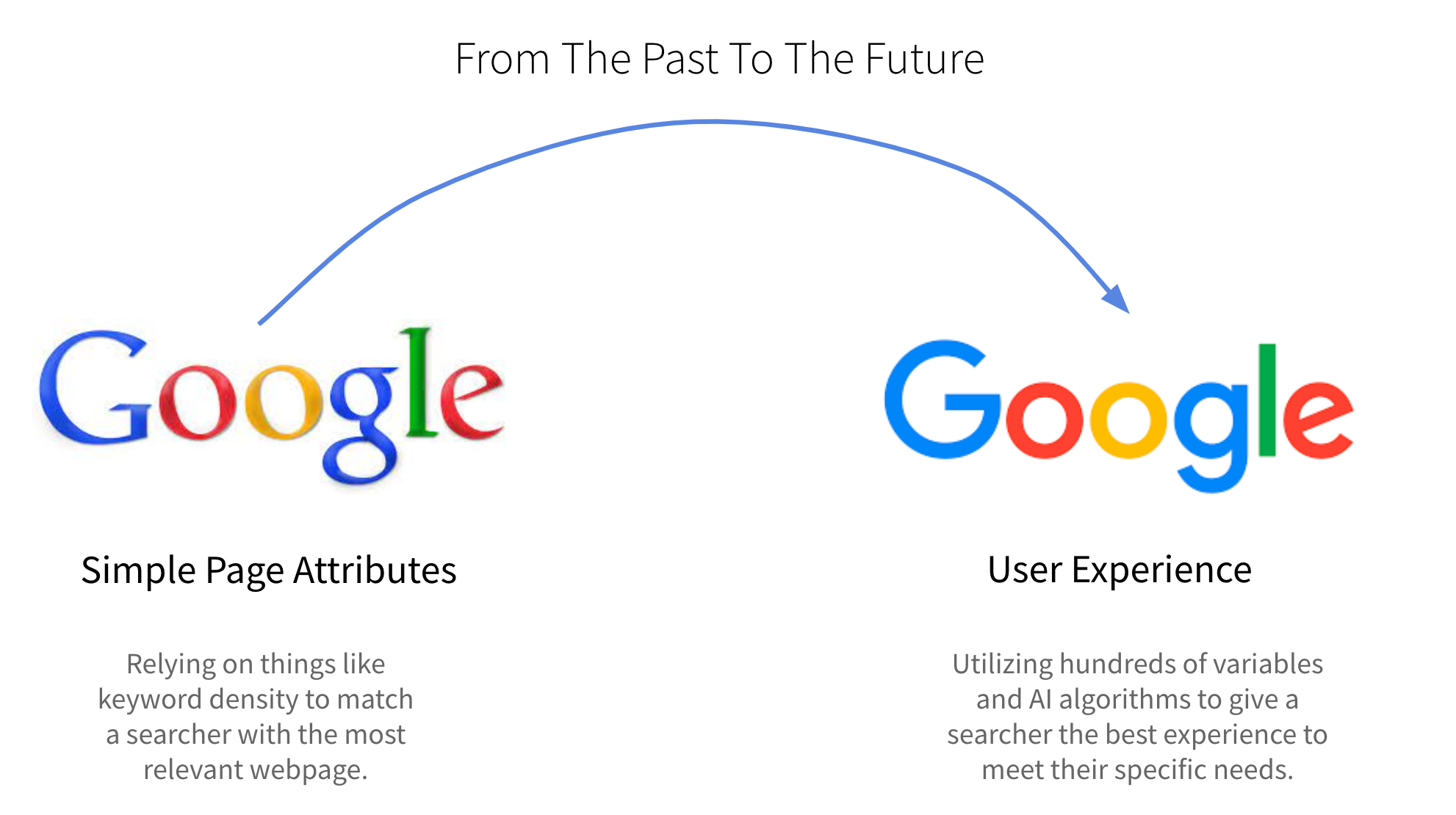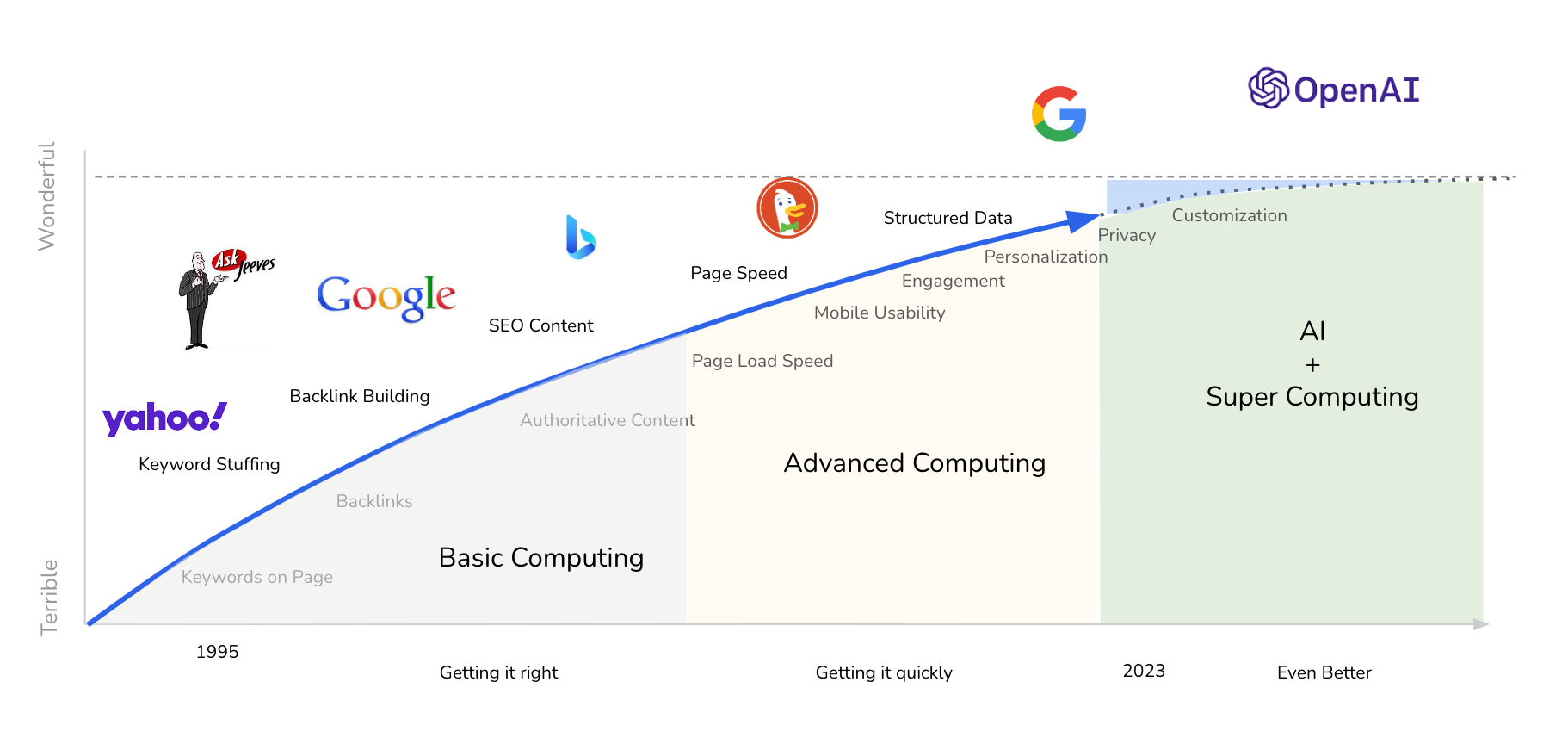If you’re leading a marketing campaign for your organization you probably use goals and milestones to pave your path and measure progress.
How do you set effective goals?
Proper goal setting increases your effectiveness in fulfilling your organization’s mission.
Poor goal setting leads to confusion, stress, and sub-par results.
This article helps clarify the role of goal setting in marketing and provides a framework for setting effective goals.
Why do we set goals?
We set goals because they help us focus on the important work.
As a part of human nature, we get distracted easily.
Without a clear path that leads to a tangible outcome, we’re more likely to lose focus. We stray off the path that leads to long term success in exchange for short term gratification.
I’m certainly guilty of getting lost in my Facebook feed for an hour instead of focusing on finishing a project that would take me one step closer to fulfilling my organization’s mission.
However, with proper goal setting and a clear plan, I find myself staying on track more often and getting much more done.
Goal setting for growth
As the person responsible for growing the impact of an organization, we know we need goals.
But why?
Why we set goals:
- To challenge ourselves
- To unite a team on a common objective
- To set expectations for our managers or board members
Most importantly…
To help us organize our approach and focus on the mission critical activities.
In order to perform at our highest level, we need to align several variables with our desired outcome:
- Clarifying what efforts are most valuable
- Assigning resources
- Setting up checks and balances
- Monitoring metrics that maximize learning and improvement
How can we expect to get these variables working properly if we don’t have the right goals setup from the outset?
Setting goals the right way makes it easy for us to focus on the right things and organize our teams effectively.
How do we set goals the right way?
Start with the end in mind
First, we need to ensure that all marketing goals are built to support our organization’s growth goals.
This sounds obvious, but I’m surprised time and time again to hear goals from chief marketers and communicators that don’t align with the organization’s mission. (further explanation provided in the next section about risks of setting unclear goals)
Start with the mission of the organization, then work your way down:
- How should our marketing efforts support the organization’s goal?
- How do we structure goals and tracking to get the best possible result?
Follow the golden triangle of goal-setting
A good goal is:
- Clear – Everyone understands it (and knows how they support it)
- Measurable – Everyone knows when the goal is achieved
- Motivating – Ambitious but realistic (utilize stretch goals when in doubt)
Also: great goals are supported by clear milestones, so everyone knows if we are on the right path or we need to make some adjustments along the way.
Review and iterate
You are undoubtedly going to be balancing the interests and expectations of multiple parties.
From your board all the way to your social media intern, you need continuity on what is possible and what is expected.
Setting goals in vacuums is usually ineffective and often dangerous. This means…
You shouldn’t blindly inherit goals from your board or management. What I mean, is that you need to be included in the goal-setting process so that upper management knows what is reasonable given the resources you have available. Otherwise you’re setting unreasonable expectations which leads to poor performance and disappointment on all parties.
An uncomfortable conversation to re-align expectations at the outset of a campaign is much better than running a campaign that is doomed from the outset.
You shouldn’t blindly pass goals on to your team and expect great results. Just like you don’t want to inherit unclear or unrealistic goals from your board, your team can’t operate effectively without clarity on their roles. This is why I recommend including your team in the review and refine stage of your goal setting process.
Be mindful of the difference between challenging your team to perform at their highest level vs pushing them beyond their capabilities with unrealistic goals.
What is the risk of unclear goals?
The biggest risk of poor goal setting is operating at a level lower than what your organization is capable of.
If you set your goals properly and your team does their best to execute your plan… you will enjoy the peace of mind in knowing that you supported the growth of your organization to the best of your ability.
On the other hand, if your goals are unclear or improperly set… you are much more likely to be burdened by the thought of “what if”, as you will be uncertain about how much more you could have done to forward your organization’s mission.
The BHAG fallacy
The goal setting process in some organizations is inspired by the popular BHAG theory: Just pick a big hairy audacious goal (BHAG) and go for it.
Yes: It’s good to dream big.
Yes: This can help you think out of the box and push yourself to achieve things you didn’t know were possible.
No: It’s not good to confuse this exercise with goal setting and planning for digital marketing campaigns.
It is inspiring for your organization as a whole to say, “We are going to change the world by providing 1 billion meals to families in need by 2025.”
Feeding America is doing it…they are at 517 million with 4.5 years left to go!
It is also helpful to ask, “If we are going to provide 1 billion meals to families by 2025, then how much money do we need to raise? And what type of marketing campaign can help us do that?”
It’s not helpful to say “we are going to increase our Facebook following from 100 to 1 million this year”
This general goal will certainly increase your impact, but it is not helpful because:
- It’s not clear what the connection between your Facebook followers and the impact you want to have on the world is.
- It’s not motivating because it is unrealistic (unless you have a massive budget dedicated to growing your Facebook following).
- It’s not smart because in almost all cases, your effort is better spent on other activities that more effectively help your cause.
Takeaway on BHAGs: BHAGs have been shown work on an organizational level. When it comes to marketing goal setting and planning, there is nothing wrong with being ambitious… BUT you’re more likely to perform at your highest if you are also realistic given the resources you have available to you.
Main risks of unclear goals
Confusion – Team members working toward different goals is inefficient and will cause frustration within your organization.
Loss of Motivation – Usually a result of unfair expectations or unclear guidance.
Internal Conflict – As a result of differing expectations.
Poor Performance – Overall, lack of goal clarity and planning will mean that your team isn’t doing its best to support the mission of your organization.
Examples of unclear goals
Unclear goals I regularly hear from organizations…
Our goal this year is to:
- “Reach more people through SM”
- “Double our website visitors”
- “Grow as much as possible”
- “Establish a new medium such as podcasts or YouTube channels”
- “Publish more blog content”
Do any of your goals resemble these?
Clear Goal Setting: Example
Here is an example of a marketing goal of an environmental nonprofit, built from the top down.
Our Organization’s Mission: We are dedicated to the protection and enjoyment of the world’s ocean, waves and beaches, for all people, through a powerful activist network.
Our Organization’s Primary Growth Goal This Year: Grow volunteer support base by 50% over last year.
This Year’s Primary Marketing Goal: Grow qualified leads from potential supporters through the website by 50% over last year.
Qualified Lead: A qualified lead is someone who expresses interest in supporting our organization as a volunteer.
Key Performance Metrics:
- Volunteer signups through the website
- Volunteer request for more information through the website
Milestones:
- Q1: 5% Growth YoY in signups and more information requests
- Q2: 10% Growth YoY in signups and more information requests
- Q3: 25% Growth YoY in signups and more information requests
- Q4: 50% Growth YoY in signups and more information requests
Goals & Budgeting
Goal Setting Summary
If we want the satisfaction of knowing we’ve done our very best to support the growth of our organization, we need to start with strong and effective goals.
Key Takeaways
- Setting clear goals helps increase performance
- Set clear goals and make sure you can track your progress properly
Are your goals clear and measurable?
Get a second opinion by sharing your growth goals with me.
OR
Get help setting effective goals: Reach out for help.






